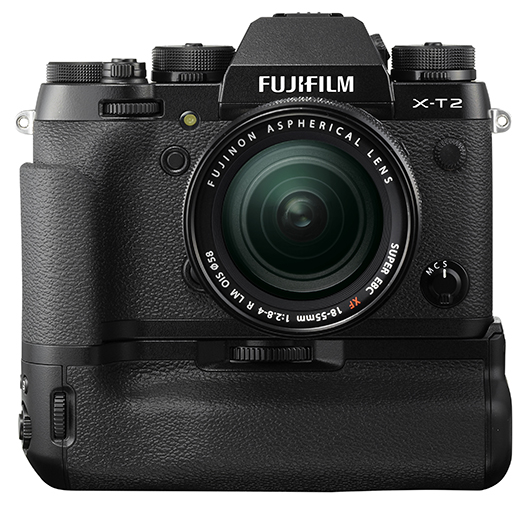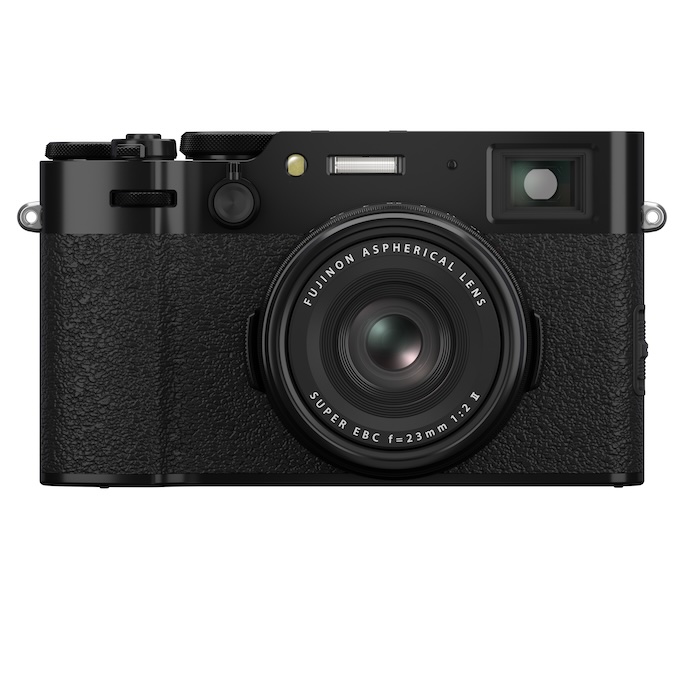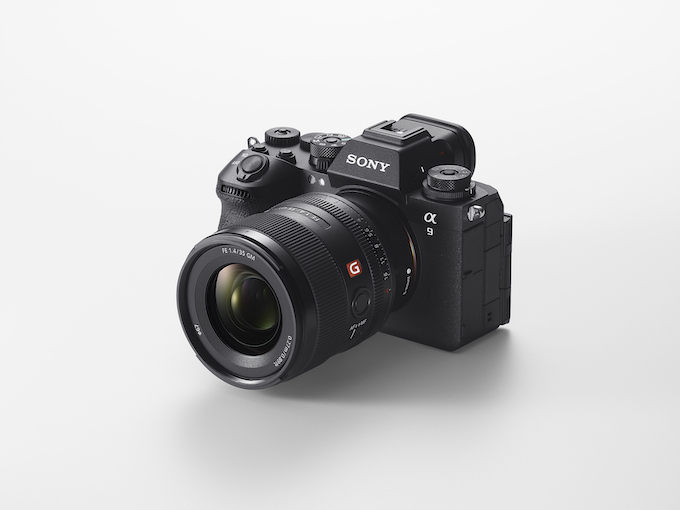Fuji’s long-awaited successor to the popular X-T1, the aptly named X-T2, is built around the same 24-megapixel APS-C X-Trans CMOS III sensor and X-Processor Pro as the high-end X-Pro 2. Other improvements include faster and more accurate autofocus, a reconfigured menu system, expanded ISO range, an AF point joystick, higher ISO and EV ranges, and 4K video. You’ll also find a unique three-way tilting LCD, dual card slots and a weatherproof body.
At $1,600 (body only), the X-T2 is priced only $100 less than the X-Pro 2. We tested the X-T2 with the 18-55mm f/2.8 lens. While the X-T2 offers a wealth of custom options, I opted to capture some of my test shots on the default settings.
IMAGE QUALITY
Image quality is excellent, even on the default settings, so you can pretty much start shooting right out of the box. Colors are accurately rendered although the X-T2 offers a range of film simulations to please any visual palette, including several high- contrast ACROS black-and-white options. I used to shoot Velvia 35mm film back in the day, but I was less enamored of the simulated results on the X-T2.
Images were, for the most part, sharp and well detailed. Aperture- and shutter-priority semiautomatic exposure modes tended to slightly underexpose some shots—a practice that I appreciate since I usually do the same when shooting in manual mode.
Video quality—from exposure accuracy and color rendition—was equally excellent, whether shooting in the default Provia/Standard film simulation or switching among the other film mode options. Fuji has added an F-Log profile to create a flatter, more desaturated file, but you’ll need an external recorder to take advantage of it.
DESIGN
Measuring 5.21 x 3.61 x 1.94 inches and weighing 1.12 pounds, the X-T2 is a hair larger and heavier than the X-T1. But it’s still nicely compact, feels comfortable to hold and, like the X-T1, features a traditional, 35mm-like design with top dials for shutter speed, ISO and Exposure Compensation, as well as secondary dials at the bottom of the former two to access the movie mode, continuous shooting and, underneath the ISO dial, metering modes.
If you’re not familiar with this type of layout, it may take a while to get used to, but I found that these dials—along with an aperture ring on the lens—were convenient for quick setting changes. The former two offer center lock/release buttons, although the EV dial does not. But the EV dial clicks into position so it won’t accidentally move.

A new joystick to control AF point position is a welcome addition. Moving the AF point(s) with this small but responsive control was quick, easy and accurate. In addition to forward and rear dials and other customizable buttons, the X-T2 features a unique 3-inch LCD. It’s not a touchscreen, but it tilts up and down and sideways. The latter doesn’t swing all the way out like a standard articulated LCD, but enough to make it easier to shoot at low angle, in the portrait orientation.
The EVF is positioned in the center, like a DSLR, and is probably one of the best EVF’s on any camera I’ve tested. In addition to being extra large and bright, the refresh rate is excellent and there’s minimal blackout time when shooting in burst mode.
A dual SD/SDHC/SDXC card slot is positioned on the right side of the camera. While I sort of understand the logic behind the media card door having a lock/unlock lever, it’s an extra step when trying to quickly change cards on the fly.
WHAT WE LIKED
There’s a lot to like about the X-T2, not least of which is its image quality. Beyond that, I was impressed by the design and ergonomics of the camera and, even if you don’t venture out into inclement weather or challenging conditions, weatherproofing is always a bonus, as is being able to charge the camera via USB.
Autofocus was generally fast and accurate, utilizing 325 AF points (169 embedded phase detect) whether in single shot or AF-C when shooting stills. Add extra points for the depth and breadth of features and customization options.
WHAT WE DIDN’T LIKE
With such a wide range of features and its more traditional dials for adjusting shutter speed and ISO, the X-T2’s learning curve can be steep. While out-of-the-box shooting proved simple with good results, to get the most out of this camera you’ll want to delve into its menus and features.
You’ll also shell out some extra dough for the vertical boost grip to move the continuous shooting speed from 8 fps to 11 fps and the EVF refresh rate from 60 fps to a speedier 100 fps.
HOW IT COMPARES
The X-T2’s closest competitor is Fuji’s own X-Pro 2 since both offer similar features with only a $100 difference in price. And while we really like the X-Pro 2’s hybrid viewfinder, the X-T2’s excellent EVF seems more appropriate for all-around shooting.
For a less expensive option, check out the Sony a6300 and new a6500—both offer lots of features, fast and accurate autofocus and high-speed capture, but for several hundred dollars less.
BOTTOM LINE
As much as I like the two Sony models, I think that the X-T2 benefits from its more traditional design while maintaining excellent AF and speed performance. There’s something about working the dials on the X-T2 that feels right and, although convenient, almost forces you to slow down so you can truly make a beautiful photograph.
Theano Nikitas has been covering photography for over 20 years. Although she loves digital, she still has a darkroom and a fridge filled with film.





